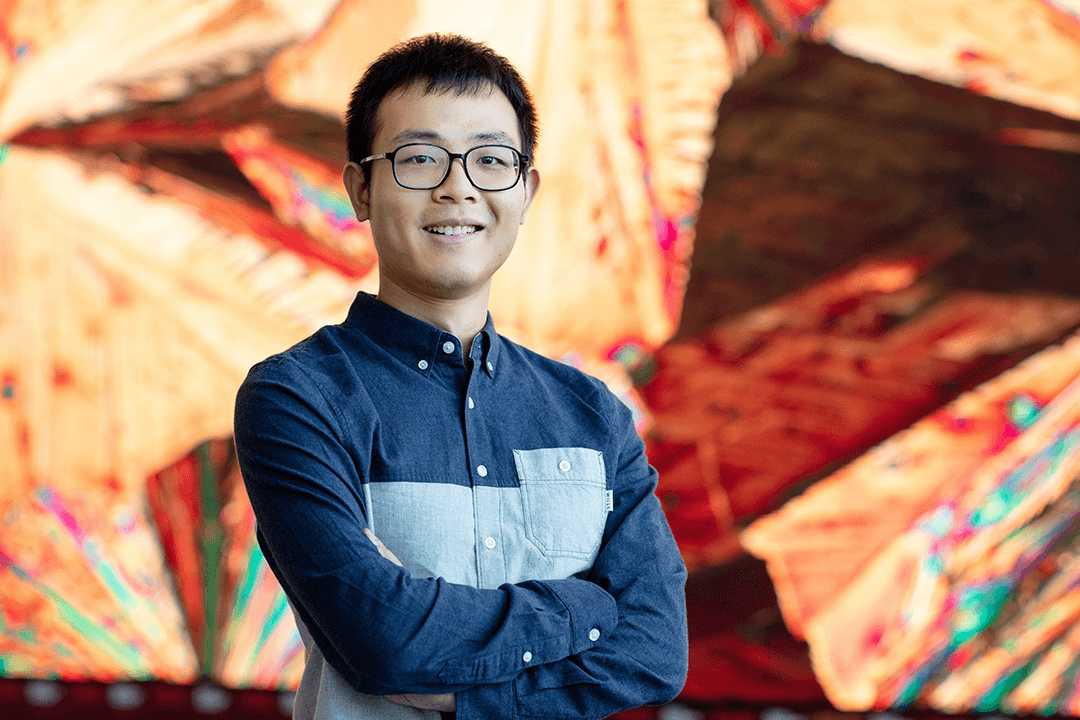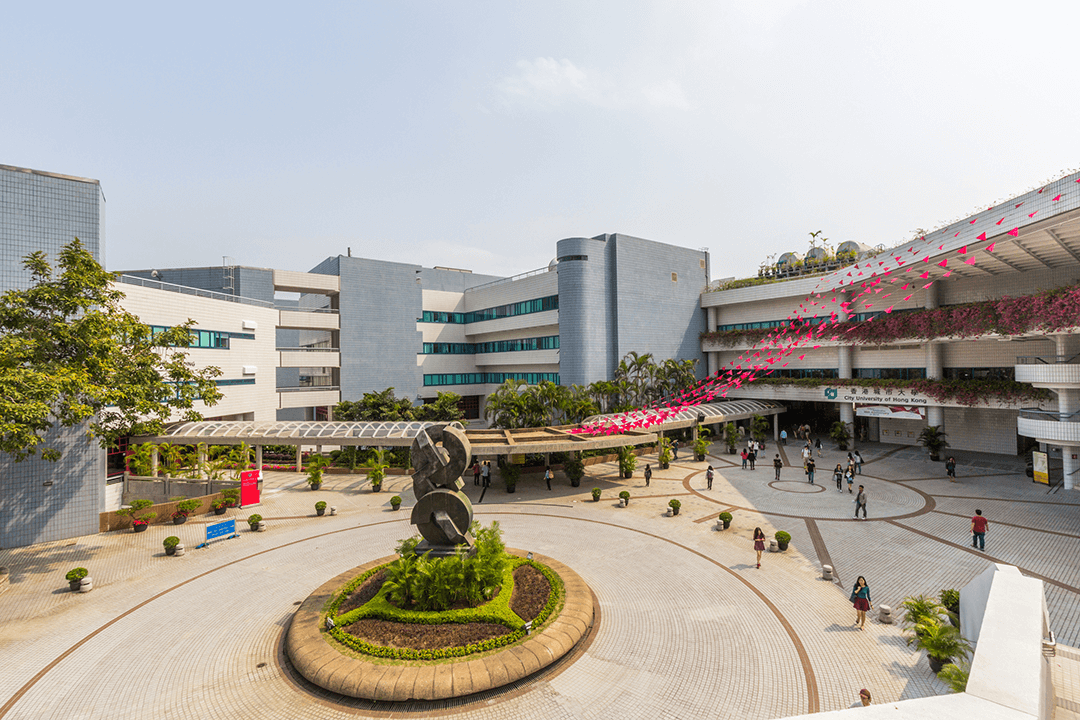KAUST Ph.D. student Jinhui Xiong wins best paper award

KAUST Ph.D. student Jinhui Xiong won the best paper award in late 2019 at the 24th International Symposium on Vision, Modeling, and Visualization in Germany. File photo.
By David Murphy, KAUST News
KAUST computer science Ph.D. student Jinhui Xiong recently won the best paper award at the 24th International Symposium on Vision, Modeling, and Visualization. The symposium took place from September 30 to October 2, 2019, at the University of Rostock, Germany, and provided the opportunity for researchers to discuss a wide range of topics in computer science, including computer graphics, vision, visualization and visual analytics.
Xiong's winning paper titled "Stochastic Convolutional Sparse Coding" highlighted research carried out by Xiong—together with KAUST Professors Peter Richtárik and Wolfgang Heidrich, director of the KAUST Visual Computing Center and the leader of the new KAUST AI Initiative—into the investigation of how natural images can be represented by a set of filters with a small spatial size. The paper outlined the three researchers' proposed novel stochastic spatial-domain solver for Convolutional Sparse Coding (CSC), in which a randomized subsampling strategy is introduced during the learning of sparse codes.
"I am really excited to win this first award during my Ph.D. program," Xiong said. "In this paper, we present a new randomized algorithm to learn the dictionary from thousands of sample images. In general, it outperforms the state-of-the-art solutions in terms of execution time, [and it] offers an improved representation. Modern methods for CSC usually employ Fourier-domain solvers to speed up the convolution operators; however, this approach is not without shortcomings."
"In our work, a randomized subsampling strategy is introduced during the sparse code learning stage. Afterwards, we extend the proposed strategy in conjunction with online learning, scaling the CSC model up to very large sample sizes," he continued. "In both cases, we show experimentally that the proposed subsampling strategy, with a reasonable selection of the subsampling rate, outperforms the state-of-the-art frequency-domain solvers in terms of execution time without losing the learning quality."

After receiving a bachelor's degree in electrical engineering from the City University of Hong Kong (pictured here), Jinhui Xiong joined KAUST to pursue his master's degree and Ph.D. under the supervision of Professor Wolfgang Heidrich. Image courtesy of Shutterstock.
Exploring novel research in an 'academic paradise'
Xiong joined KAUST in 2015 after obtaining his bachelor's degree in electrical engineering from the City University of Hong Kong. A year later, he completed his master's degree in computer science under the supervision of Heidrich.
At present, Xiong and his colleagues in Hedrich's Computational Imaging Group are investigating Computational Imaging and Display—an emerging research area within visual computing. Computational Imaging and Display combines methods from computer graphics, machine vision, imaging, inverse methods, optics and perception to develop new sensing and display technologies.
Outside of his specific research focus on computational fluid imaging, vision, optics and graphics, Xiong is also interested in the study of novel imaging methodologies that can be utilized for 3D scene reconstruction or related research topics.
"I hope my research outputs can benefit the entire academic field, more or less. I hope my research can be remembered years later. All of my colleagues and the faculty here have helped me a lot in my journey through an unknown research field," he said.
"It is the research environment at KAUST that drove me to join the University," noted Xiong. "After studying and living in a few places, I found out that the worry-free life and research environment provided by KAUST makes [the University] an ideal academic paradise to continue my innovative research."
Related stories:

